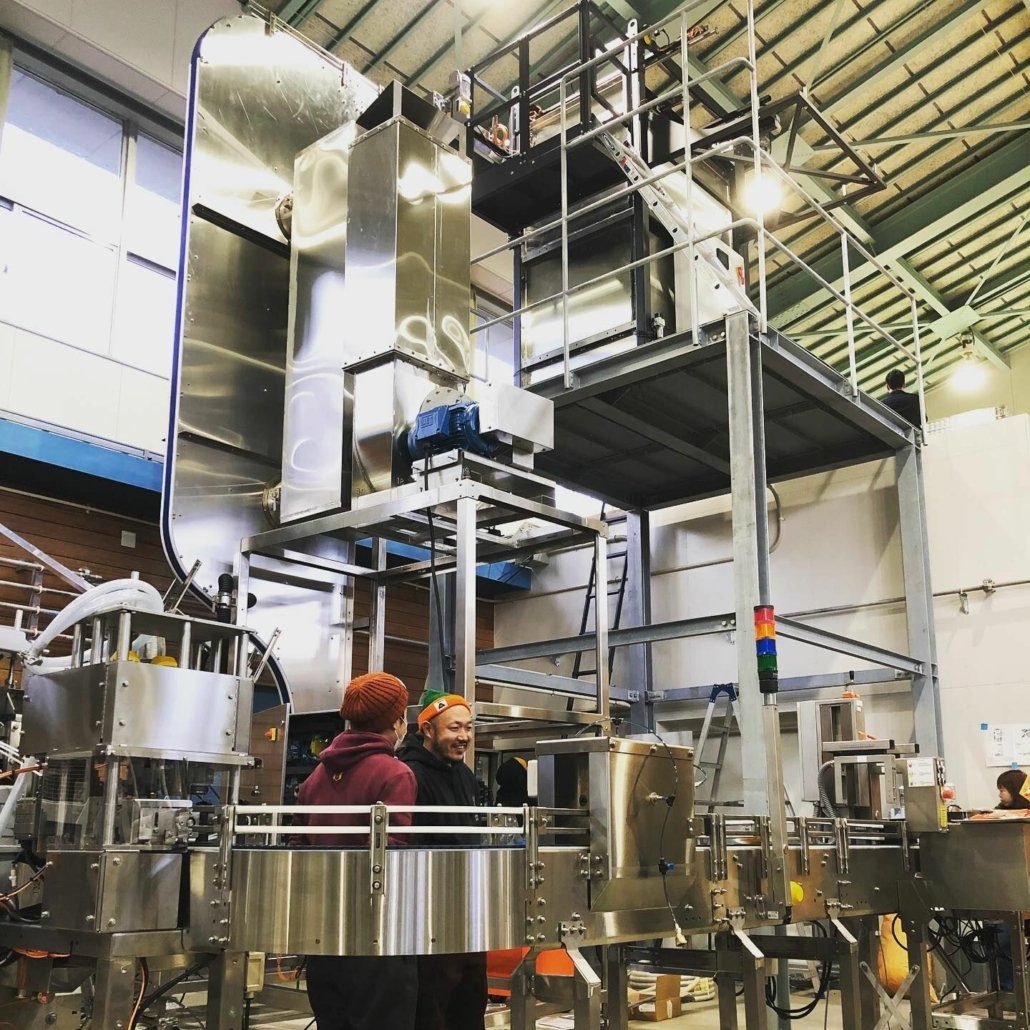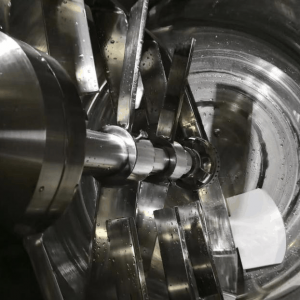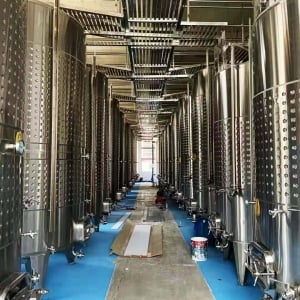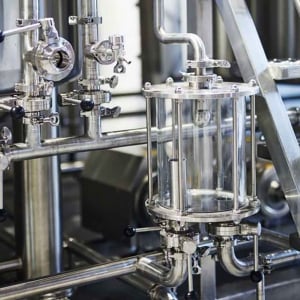Stainless Steel Brewing Equipment
Craft brewing is a growing passion worldwide. Whether you’re a hobbyist perfecting your homebrew recipe or a seasoned brewer operating a commercial brewery, stainless steel brewing equipment is an essential investment. It offers durability, efficiency, and unmatched performance. This comprehensive guide dives deep into everything you need to know about stainless steel brewing systems, from their benefits and components to purchasing tips and maintenance advice.
Overview of Stainless Steel Brewing Equipment
Brewing beer involves precision, and stainless steel is the go-to material for professional and home brewers alike. Why? Stainless steel offers a blend of durability, hygiene, and flexibility. It resists corrosion, doesn’t impart unwanted flavors, and is easy to clean. But it’s not just about materials; the design, capacity, and functionality of your brewing system play a huge role in the final product.
Key highlights of stainless steel brewing systems:
- Superior durability against wear and tear.
- Non-reactive material ensures pure flavors.
- Easy to clean and maintain for hygiene compliance.
- Customizable to suit various brewing capacities.

Essential Guide to Stainless Steel Brewing Equipment
When diving into brewing, understanding your equipment is crucial. Here’s an in-depth look at the core components and their importance:
1. Brewing Vessels
Stainless steel vessels include mash tuns, boil kettles, and fermenters. These are designed to withstand high temperatures and maintain precise conditions. Each vessel serves a specific purpose:
- Mash Tun: Used for mashing grains and water to create wort.
- Boil Kettle: Boils the wort, concentrating flavors and sterilizing the mixture.
- Fermenter: Houses the wort as yeast converts sugars into alcohol.
2. Heat Exchangers
Efficient brewing requires quick cooling after boiling. Heat exchangers facilitate this by rapidly cooling the wort, preventing bacterial contamination and preserving flavors.
3. Pumps and Valves
Stainless steel pumps and valves ensure smooth liquid transfer throughout the brewing process. These components need to be robust and food-grade to handle the brew without contamination.
4. Storage Tanks
Designed for both finished products and intermediate processes, storage tanks must maintain sterile conditions and prevent oxidation.
Types of Stainless Steel Brewing Equipment
| Equipment Type | Description | Key Features |
|---|---|---|
| Mash Tuns | For steeping grains in hot water. | Insulated walls, false bottom, sparge arms. |
| Boil Kettles | Heats wort to boiling temperatures. | Tri-clad base for even heating, built-in thermometers. |
| Fermenters | Holds wort during fermentation. | Airtight seals, adjustable pressure valves. |
| Brite Tanks | For carbonation and aging of beer. | Sight glasses, temperature control systems. |
| Keg Washers | For cleaning reusable kegs. | High-pressure jets, sanitization mechanisms. |
The Brewing Process Explained
Brewing beer involves several key steps, each relying heavily on the efficiency and quality of your equipment. Let’s break it down:
Step 1: Mashing
Grains are mixed with hot water in the mash tun to convert starches into fermentable sugars. Stainless steel mash tuns offer precise temperature control, essential for consistent results.
Step 2: Lautering
After mashing, the liquid (wort) is separated from the grain husks. False bottoms in stainless steel mash tuns make lautering smooth and efficient.
Step 3: Boiling
The wort is boiled in the stainless steel kettle to sterilize it and concentrate flavors. Boil kettles often include integrated heating elements for efficiency.
Step 4: Cooling
Rapid cooling is critical after boiling. Heat exchangers and stainless steel cooling coils are used to lower the temperature, prepping the wort for fermentation.
Step 5: Fermentation
Yeast is added to the cooled wort in stainless steel fermenters. These vessels allow controlled conditions, ensuring the yeast performs optimally.
Step 6: Packaging
The finished beer is transferred to stainless steel brite tanks or directly kegged. Stainless steel ensures the final product remains untainted.
Capacity, Space, and Customization Options
| Parameter | Description |
|---|---|
| Capacity | Options range from 5-gallon homebrew setups to 30-barrel commercial systems. |
| Space Requirements | Compact designs are available for tight spaces, while larger systems need dedicated brewing areas. |
| Customization Options | Tailored equipment includes adjustable temperature controls, modular setups, and advanced automation. |
Popular Suppliers and Price Ranges
| Supplier | Equipment Offered | Price Range |
|---|---|---|
| Blichmann Engineering | Homebrew and small-scale commercial systems. | $500 – $5,000 |
| SS Brewtech | Advanced fermenters, brite tanks, and kettles. | $1,000 – $10,000 |
| Brewmation | Custom commercial brewing systems. | $10,000 – $100,000 |
| Spike Brewing | High-quality kettles and fermenters. | $800 – $8,000 |
Installation, Operation, and Maintenance
| Aspect | Details |
|---|---|
| Installation | Ensure proper drainage, ventilation, and power supply. Installations may require professional assistance. |
| Operation | Follow manufacturer guidelines. Automated systems simplify controls. |
| Maintenance | Regular cleaning using food-safe detergents. Inspect for wear and replace gaskets or seals periodically. |
How to Choose the Right Supplier
Choosing the right supplier is vital for both cost-effectiveness and quality assurance. Here’s what to consider:
| Criteria | Why It Matters |
|---|---|
| Reputation | Check reviews and testimonials for reliability and service quality. |
| Customization | Suppliers offering tailored options can cater to your unique brewing needs. |
| Support | Post-purchase support and warranty terms ensure long-term satisfaction. |
| Pricing | Compare costs but balance affordability with quality. |

Comparing Pros and Cons of Stainless Steel Brewing Equipment
| Aspect | Advantages | Disadvantages |
|---|---|---|
| Durability | Long-lasting and resistant to corrosion. | Initial cost is higher than plastic. |
| Hygiene | Easy to clean and sterilize. | Requires regular cleaning to prevent biofilm. |
| Flavor Integrity | Non-reactive, maintaining beer’s natural taste. | Slightly heavier and less portable. |
FAQs
| Question | Answer |
|---|---|
| What’s the lifespan of stainless steel brewing equipment? | With proper care, it can last decades. |
| Is stainless steel better than plastic? | Yes, for durability, hygiene, and flavor integrity. |
| How do I clean my brewing system? | Use food-safe cleaners and ensure thorough rinsing. |
| Can stainless steel equipment rust? | Only if improperly maintained; most grades are corrosion-resistant. |













